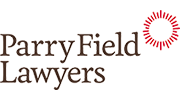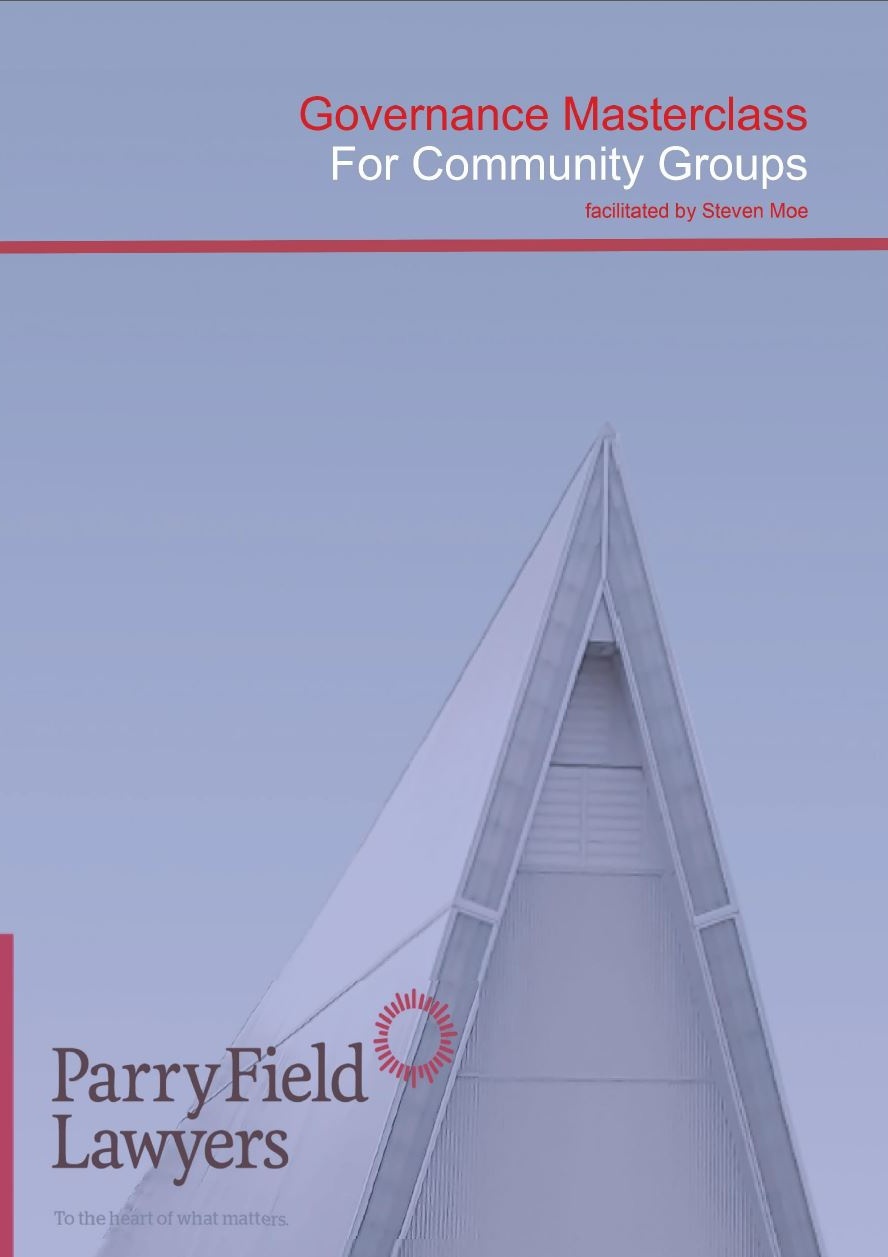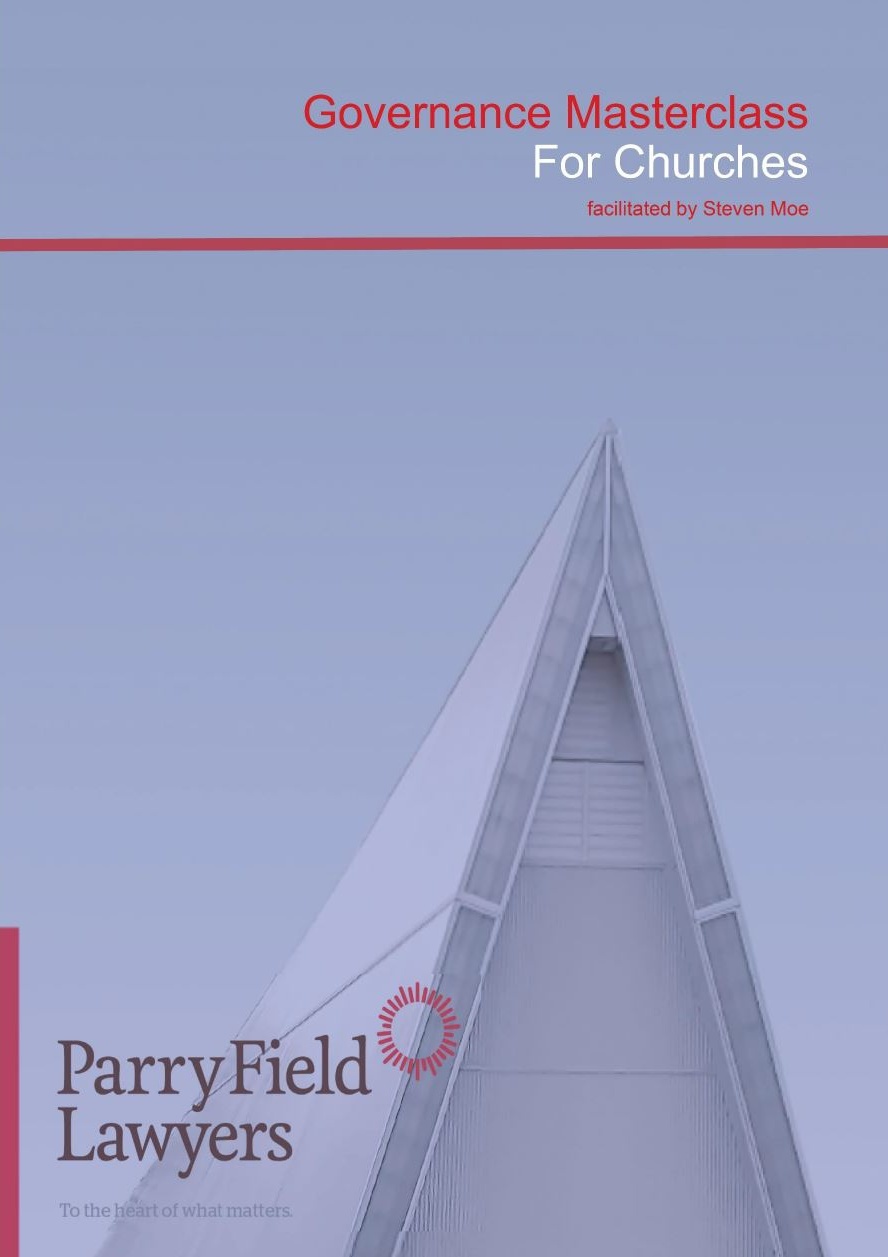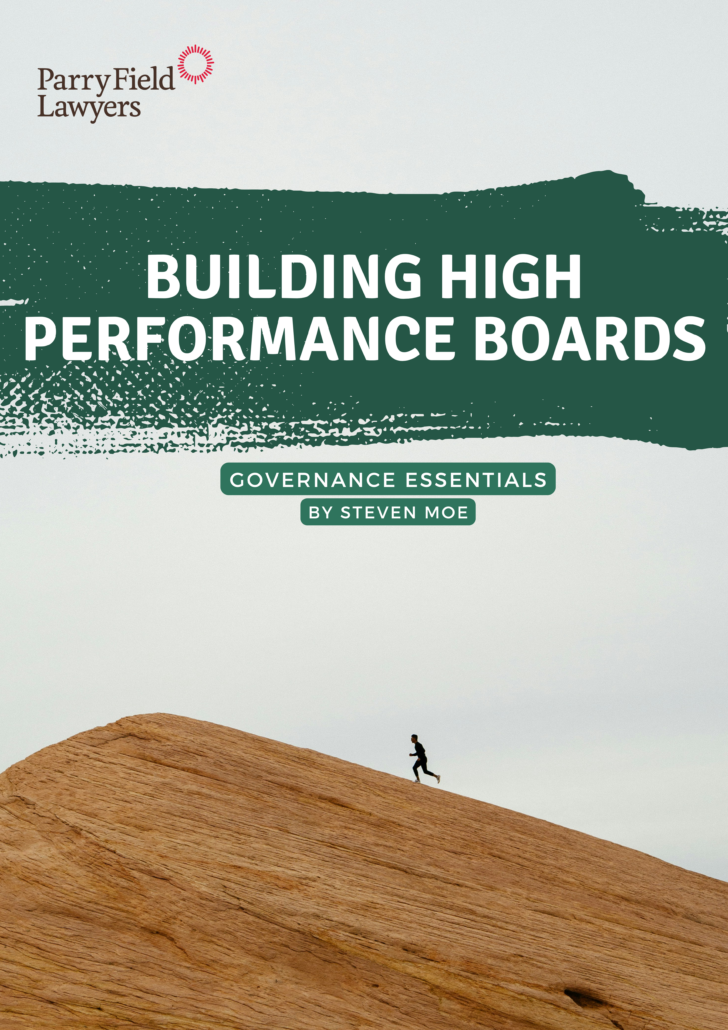Christchurch CBD
PHONE: +64 3 348 8480
PHYSICAL ADDRESS:
Level 1, 60 Cashel Street
Christchurch 8013, New Zealand
POSTAL ADDRESS:
PO Box 744
Christchurch, 8140, New Zealand
Christchurch – Riccarton
PHONE: +64 3 348 8480
PHYSICAL ADDRESS:
1 Rimu Street, Riccarton,
Christchurch 8041, New Zealand
POSTAL ADDRESS:
PO Box 8020, Riccarton,
Christchurch, 8440, New Zealand
Rolleston
PHONE: +64 3 348 8480
PHYSICAL ADDRESS:
Level 1, 80 Rolleston Drive,
Rolleston, 7614, New Zealand
POSTAL ADDRESS:
PO Box 8020, Riccarton,
Christchurch, 8440, New Zealand
Hokitika
PHONE: +64 3 755 8673
PHYSICAL ADDRESS:
127 – 137 Revell Street,
Hokitika 7810, New Zealand
POSTAL ADDRESS:
PO Box 44,
Hokitika 7842, New Zealand
Auckland
PHONE: +64 9 930 4340
PHYSICAL ADDRESS:
Level 7, 50 Albert Street
Auckland, 1010
POSTAL ADDRESS:
PO Box 8020, Riccarton,
Christchurch, 8440, New Zealand
Parry Field Charitable Foundation

© Copyright – Parry Field Lawyers | Privacy Policy








